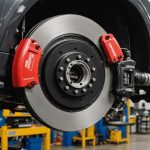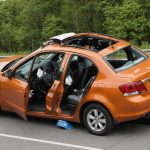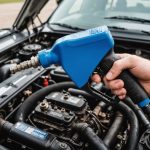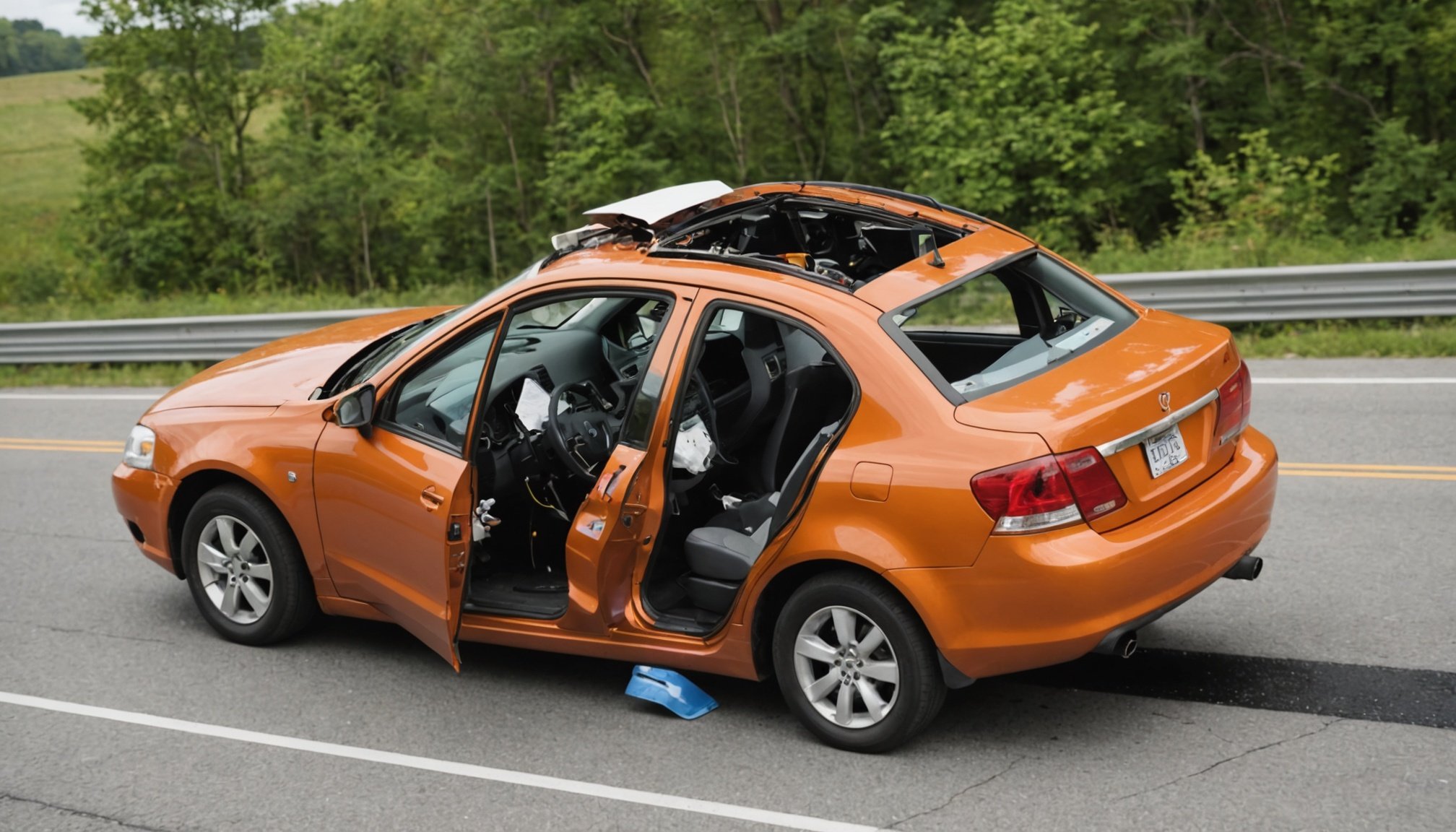In today’s fast-paced world, the automobile remains a cornerstone of modern life. Yet, with vehicles comes the inevitable risk of collisions. It’s a stark reality that such incidents often lead to injuries and even fatalities. But what if a deeper understanding of the physics behind car crashes could enhance our safety on the roads? As we delve into the intricate dance of forces and energies at play during a crash, we unlock insights that pave the way for a safer future. This article explores how comprehending these physical forces can transform vehicle design, save lives, and reduce the impact of accidents.
The Science Behind Vehicle Crashes
At first glance, a car crash is a chaotic and frightening event. However, beneath the surface lies a predictable pattern dictated by the laws of physics. When a vehicle collides with another object, the forces of motion and momentum come into play. These forces determine the impact and potential injury outcomes of a collision.
Also to read : What specific safety features should I look for in an SUV versus a sedan?
Understanding Momentum
Momentum, a product of a vehicle’s mass and speed, plays a crucial role in crash dynamics. When two cars collide, their combined momenta before and after the collision are equal. However, the distribution of momentum differs, potentially leading to severe damage. A heavier vehicle traveling at high speed generates greater momentum, increasing the force of impact. Hence, understanding this principle allows engineers to design cars that better withstand impacts and protect passengers.
The Role of Energy
Another critical factor in crashes is kinetic energy. During a collision, a portion of this energy converts into deformation energy, absorbed by the car’s structure. This energy absorption is crucial in minimizing passenger injury. Vehicles designed with efficient crumple zones and energy-absorbing materials can significantly reduce the rate of injury during a crash.
Also to discover : Essential Safety Measures for Testing and Fine-Tuning High-Performance Brake System Alignment
Through an understanding of these fundamental concepts, manufacturers can innovate and improve vehicle designs, thus enhancing safety standards and reducing road fatalities.
Engineering Safer Vehicles
The evolution of car design is a testament to our growing understanding of crash physics. Engineers leverage principles of physics to create safer vehicles that effectively manage impact forces.
Crumple Zones and Impact Absorption
Modern cars are equipped with crumple zones – areas designed to absorb and dissipate the energy from a collision. By directing and controlling the flow of energy, these zones minimize the force experienced by passengers. Such designs are calculated based on the physics of force distribution, ensuring impact energy is absorbed effectively.
Active and Passive Safety Features
Cars today boast a plethora of safety features driven by physics. Airbags, for instance, deploy with precise timing during a crash, creating a cushion that absorbs energy and reduces injury risk. Seatbelts work to distribute forces over a larger area of the body, reducing potential harm during abrupt deceleration. Additionally, modern vehicles are outfitted with electronic stability control systems, which leverage instantaneous data to mitigate loss of control.
Understanding these features and their underlying principles is crucial. It allows not just manufacturers but also consumers to make informed decisions about vehicle safety. This knowledge empowers all stakeholders to prioritize advancements that save lives.
Testing and Simulating Collisions
To enhance vehicle safety, thorough testing is essential. Simulating crashes using dummies and advanced modelling provides invaluable insights into real-world crash dynamics.
The Importance of Crash Test Dummies
Crash test dummies are engineered to mimic human responses during a collision. Equipped with sensors, they measure the impact of forces on various body parts. This data is critical in determining potential injuries a person might sustain, allowing engineers to refine vehicle designs.
Computer Simulations
In recent years, digital simulations have transformed crash testing. These models replicate the physics of a crash with stunning accuracy, allowing engineers to test different scenarios and safety features without the need for physical prototypes. By analyzing these simulations, manufacturers can predict potential weaknesses in vehicle design and make necessary improvements before production.
Through rigorous testing and advanced simulations, the automotive industry continues to enhance vehicle safety. It ensures that each new model is safer than its predecessor, ultimately reducing road fatalities and injuries.
The Role of Driver Behavior and Environment
While vehicle design is crucial, the driver and their environment also play significant roles in overall safety. Understanding the physics of motion helps in acknowledging these factors.
Speed and Safety
Speed is often the deciding factor in the severity of a collision. As a vehicle’s speed increases, so does its kinetic energy and momentum. Drivers must recognize the risks associated with high speeds and the challenges they pose to vehicle control and reaction time.
Road Conditions
The road surface and environmental conditions—rain, snow, or ice—affect a vehicle’s grip. Such factors can significantly alter the outcome of a crash. Understanding how these elements interact with a vehicle’s motion can help drivers adapt their driving style, minimizing the risk of an accident.
Education and Awareness
Promoting awareness about the physics of driving could transform driver behavior. By comprehending how speed, momentum, and road conditions affect vehicle dynamics, drivers can make better, safer decisions. This knowledge could be pivotal in reducing accidents and enhancing safety on the roads.
In conclusion, understanding the physics behind vehicle crashes is more than an academic endeavor—it’s a practical tool for saving lives. By examining the forces at play and how they interact with vehicle design, we can significantly enhance safety features and develop safer cars. Through advancements in engineering, rigorous testing, and informed driving practices, we can reduce injuries, minimize impact, and pave the way for a safer future for everyone on the roads. As we continue to unravel the complexities of crash physics, the potential for innovation in the automotive industry remains boundless, holding promise for a world with fewer road incidents.











